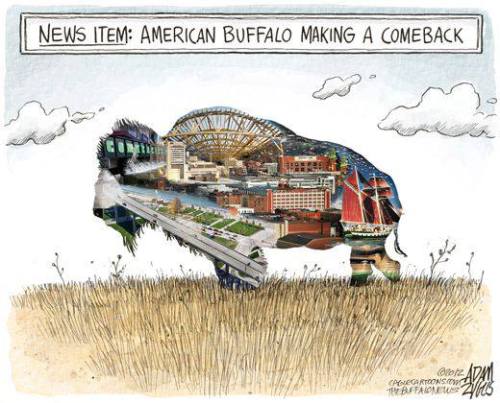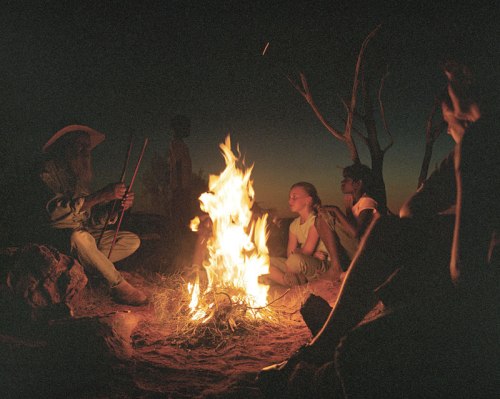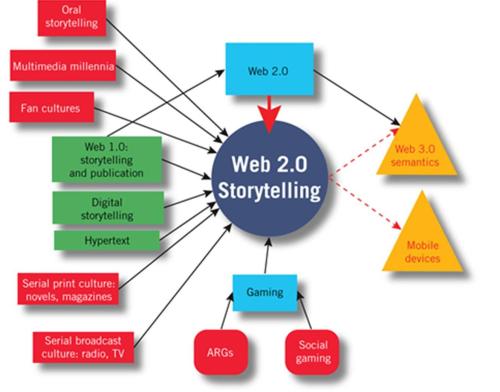I love a good comeback story. Whether it’s an athlete battling back from a career-ending injury, a friend from a life-threatening disease or a business from an unexpected economic condition–I am cheering them on. And while disasters and misfortune and pain are a significant part of our reality and we hate to see anyone dealing with difficulty, you have to admit, comebacks are sublime. My favorite children’s stories, movies, news events and even cartoons always seem to involve someone or some place overcoming obstacles.
Comebacks came to mind  this past week while attending a BALLE (Business Alliance for Local Living Economies) Conference in Buffalo, NY. Having never been to Buffalo, I was thrilled when my cab driver gave me an impromptu history lesson about Buffalo’s rise from the economic disaster after Great Lakes shipping was rerouted and the steel mills relocated. That evening while attending the conference opening reception, I got another history lesson in the recovery of Buffalo’s cultural vibrancy after the decline of the grain-milling industry from another local resident. In both conversations, the pride with which these life-long residents recounted the slow, but significant recovery their city had effected was palpable. They LOVED telling me the comeback tale.
this past week while attending a BALLE (Business Alliance for Local Living Economies) Conference in Buffalo, NY. Having never been to Buffalo, I was thrilled when my cab driver gave me an impromptu history lesson about Buffalo’s rise from the economic disaster after Great Lakes shipping was rerouted and the steel mills relocated. That evening while attending the conference opening reception, I got another history lesson in the recovery of Buffalo’s cultural vibrancy after the decline of the grain-milling industry from another local resident. In both conversations, the pride with which these life-long residents recounted the slow, but significant recovery their city had effected was palpable. They LOVED telling me the comeback tale.
Having been through a personal comeback of my own this past few years (and still climbing), my experience in Buffalo reminded me of how comebacks not only define us as human beings, but as organisms within a greater system of similar tenacity. Nature comes back in the face of extinction (Nature’s Top 10 Greatest Comebacks of the 20th Century.) Small towns rebound from economic down turns (America’s Best Small Town Comebacks–my hometown of DeLand, FL made the top ten!). Cities devastated by natural disaster come back with more ingenuity and community spirit than ever (7 U.S. Cities that Rallied after Natural Disaster).
And while stability and prosperity are preferred states of being, the reality of the world we live in is a reflection of the planet we inhabit. There is flux and destruction and loss. But there is also glorious tenacity, perseverance and resiliency. So instead of focusing on what’s terribly wrong in today’s world, on the ecological, economic and social problems with us and looming on the horizon, the community leaders at the BALLE conference championed creative comebacks. Realistic about the challenges, they highlighted the tenacity and resolve of communities all over North America making a real difference. And when see the comebacks all around us, we can feel confident and yes, hopeful that no matter what, we have what it takes to rise again and again. Famed football coach Vince Lombardi Jr. summed it up: “The real glory is being knocked to your knees and then coming back. That’s real glory. That’s the essence of it.” Amen Coach. Amen.
















